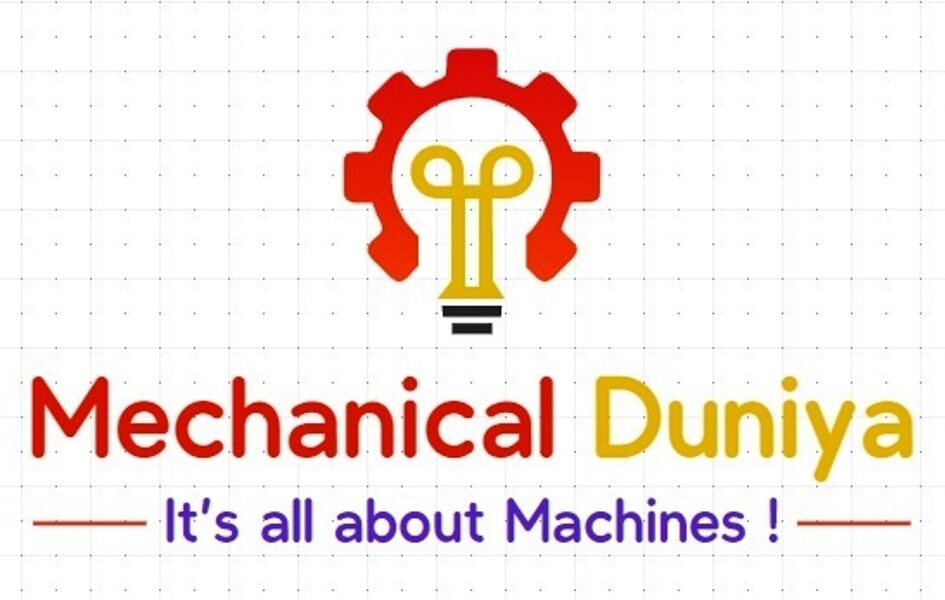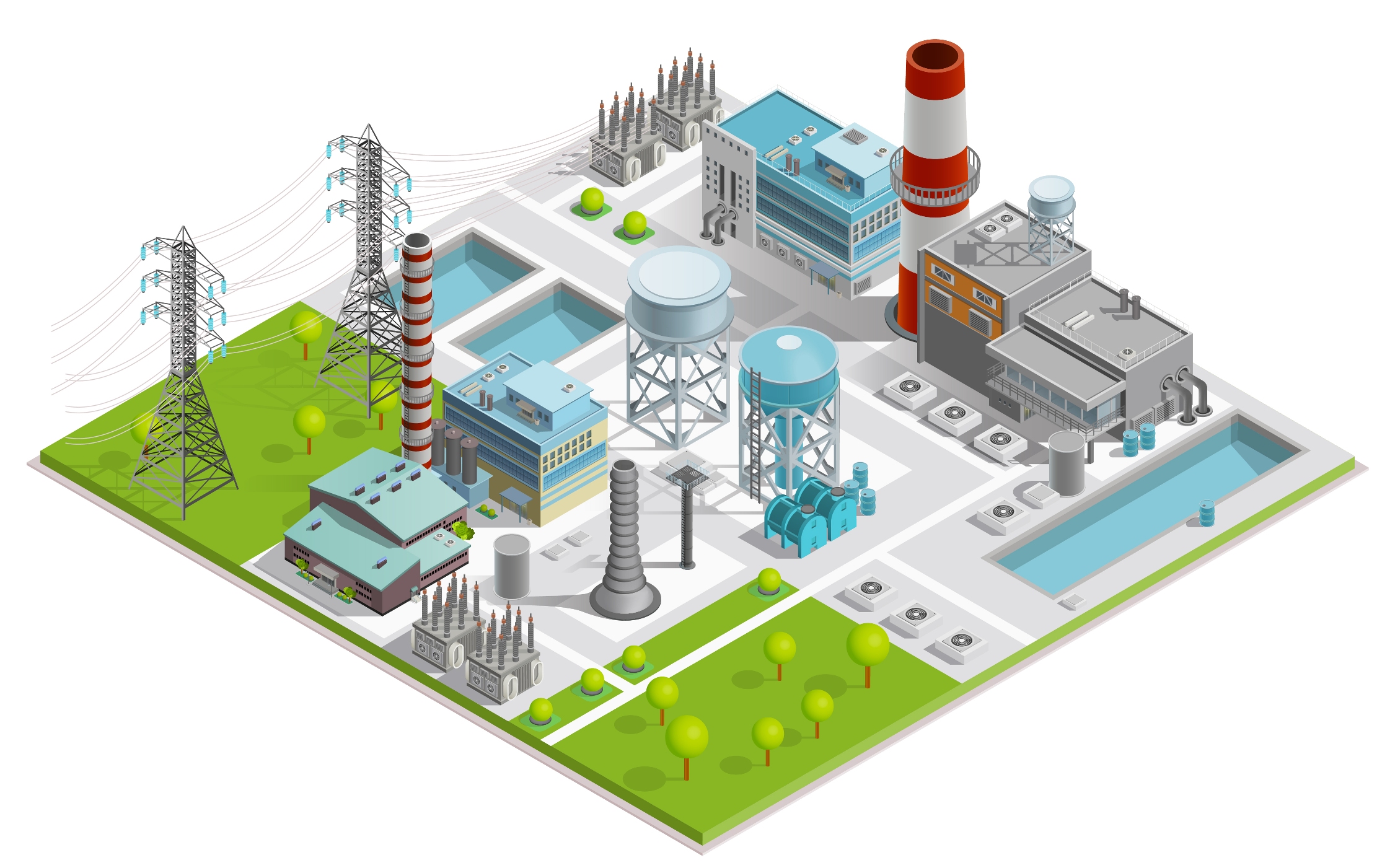Introduction to the Thermal Power Plant
The electrical power generation plants that use the thermal energy of fuel are known as thermal power plants. The key components of thermal power plants are a boiler, turbine, feed water pump, and condenser with a cooling tower. Any machine or device is judged based on its efficiency (how it utilizes the input and converts it into desired output). The same can be said in the case of thermal power plants. Its thermal efficiency is low about 30 % to 40 % depending on the accessories to increase the efficiency.
Are you wondering why the overall efficiency of the thermal power plant is very low? The major part of the electricity that the world is producing nowadays comes from the Thermal Power Plant (which works on the Rankine Cycle or Modified Rankine Cycle).
-
- Boiler (to generate steam from water). Here major part of the heat of combustion is utilized and wasted through heat losses.
- Turbine (where the steam expands and produces the work in the form of rotation of shaft which in turn rotates the generator).
- Condenser (where a major part of the heat is rejected to convert steam into water for reuse)
- Feed Pump (to pump back the feed water to a boiler for steam conversion)
The reasons why efficiency is low
- Heat losses: The thermal energy or heat is lost at various parts of the thermal power plant including the boiler, turbine, condenser, cooling tower, and also through pipings. This reduces the overall power output of the plant and hence lowers efficiency.
- Carnot efficiency limit: The upper and lower temperature limit (i.e. high-pressure steam temperature and feedwater temperature are upper and lower temperature limits) given by the Carnot cycle affects the overall efficiency.
- Steam turbine efficiency: The steam turbine is a mechanical device that contains many parts involving wear and tear because of motion. The irreversible losses like friction and pressure losses are major concerns.
- Cooling tower system: The major part of the heat is released in cooling the water coming into the cooling tower through the condenser. This heat is unutilized and reduces useful work. All parts except the condenser have 80 % to 90 % efficiency. The only condenser has 50% efficiency.
Overall Efficiency: Multiplication of all efficiency of the plant’s principal parts
FAQs on Thermal Power Plant
1. What are the main factors contributing to the low efficiency of thermal power plants?
- Answer: The main factors contributing to the low efficiency of thermal power plants include heat loss during energy conversion, imperfect thermodynamic processes, and the energy content of the fuel used.
2. How does the efficiency of a thermal power plant impact its overall performance?
- Answer: Efficiency directly affects the amount of electricity generated per unit of fuel, and hence it influences operating costs and environmental emissions.
3. What role do fossil fuels play in affecting the efficiency of thermal power plants?
- Answer: Fossil fuels, such as coal and natural gas (non-renewable fuels), release less energy than required due to combustion inefficiencies, which reduces the overall efficiency of thermal power plants.
4. Are there any environmental consequences associated with the low efficiency of these power plants?
- Answer: Yes, low efficiency leads to increased emissions of greenhouse gases and other pollutants, resulting in environmental consequences, including air and water pollution.
5. Can you explain the concept of heat loss in thermal power plants and its impact on efficiency?
- Answer: Heat loss occurs during various stages of energy conversion, reducing the amount of useful energy output and overall efficiency.
6. What are some strategies and technologies used to improve the efficiency of thermal power plants?
- Answer: Strategies include advanced designs, combined heat and power systems, and the use of advanced materials to minimize heat loss and enhance thermodynamic processes.
7. How does the type of fuel used in a thermal power plant affect its efficiency?
- Answer: The type of fuel plays a critical role in efficiency. Fuels with higher energy content and better combustion characteristics can result in higher efficiency.
8. What role do maintenance and operational practices play in maximizing the efficiency of these power plants?
- Answer: Proper maintenance and operational practices are essential in preventing efficiency losses, as neglect can lead to equipment degradation and performance decline.
9. Are there any economic implications of low thermal power plant efficiency for energy production and consumption?
- Answer: Yes, low efficiency can increase energy production costs, which may be passed on to consumers, and can also result in the need for more fuel resources.
10. How does the efficiency of thermal power plants compare to other types of power generation, such as renewable energy sources?
- Answer: Thermal power plant efficiency is generally lower than many renewable energy sources, which often have higher energy conversion efficiency and lower environmental impact.

